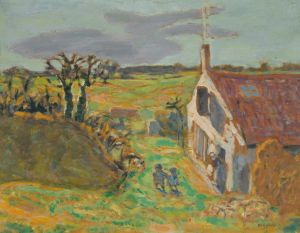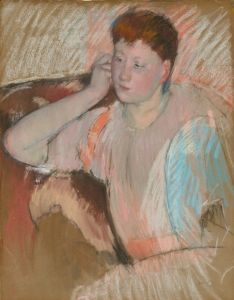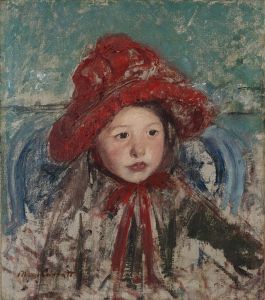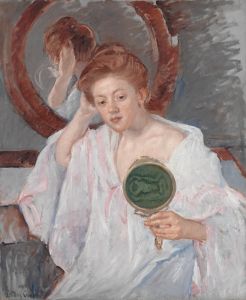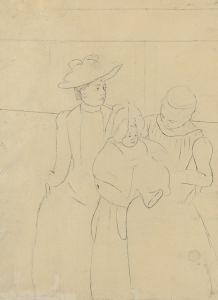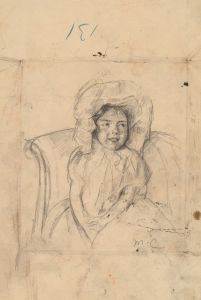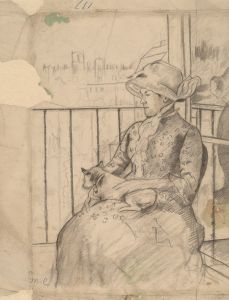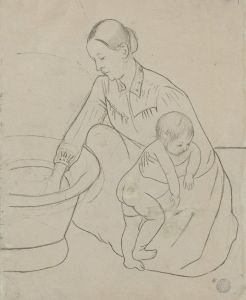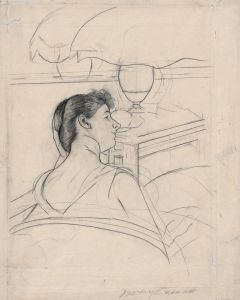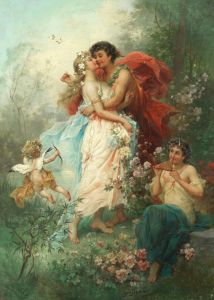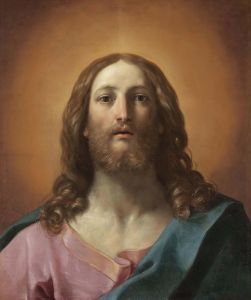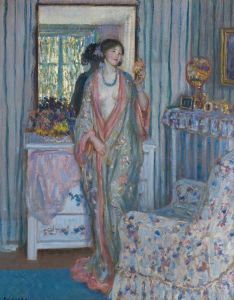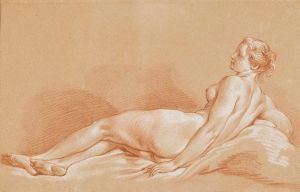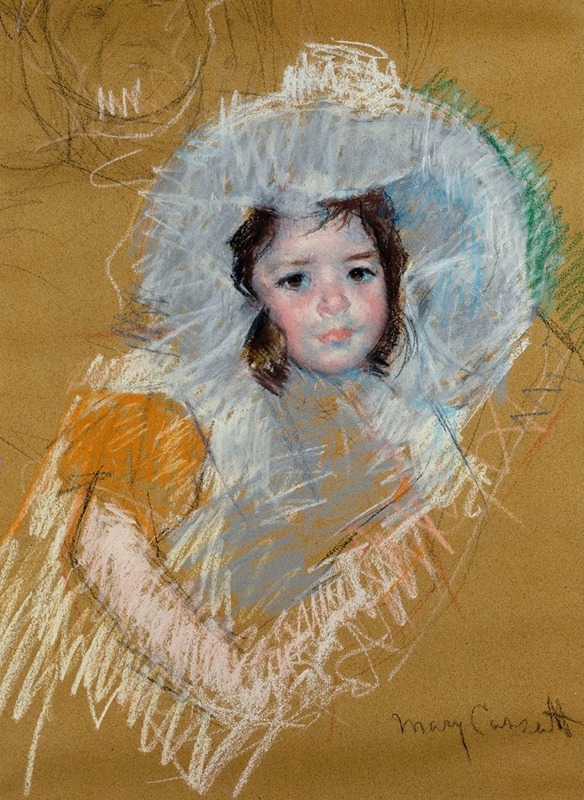
Buste de fillette
A hand-painted replica of Mary Cassatt’s masterpiece Buste de fillette, meticulously crafted by professional artists to capture the true essence of the original. Each piece is created with museum-quality canvas and rare mineral pigments, carefully painted by experienced artists with delicate brushstrokes and rich, layered colors to perfectly recreate the texture of the original artwork. Unlike machine-printed reproductions, this hand-painted version brings the painting to life, infused with the artist’s emotions and skill in every stroke. Whether for personal collection or home decoration, it instantly elevates the artistic atmosphere of any space.
"Buste de fillette" is a painting by the American artist Mary Cassatt, who is renowned for her contributions to the Impressionist movement and her depictions of women and children. Cassatt was born on May 22, 1844, in Allegheny City, Pennsylvania, and she spent much of her adult life in France, where she became closely associated with the French Impressionists, particularly Edgar Degas.
"Buste de fillette," which translates to "Bust of a Little Girl," is a fine example of Cassatt's focus on the intimate and tender moments of childhood. The painting captures the innocence and purity of a young girl, rendered with Cassatt's characteristic sensitivity and attention to detail. The exact date of the painting is not definitively known, but it is believed to have been created during the late 19th century, a period when Cassatt was actively exhibiting with the Impressionists and refining her technique.
The composition of "Buste de fillette" is simple yet evocative. The young girl is depicted in a close-up, bust-length portrait, which emphasizes her facial features and expression. Cassatt's use of soft, delicate brushstrokes and a light color palette enhances the gentle and serene mood of the painting. The background is typically understated, allowing the viewer's focus to remain on the subject. This approach is consistent with Cassatt's broader oeuvre, where she often employed a minimalist background to highlight the figures in her works.
Mary Cassatt's interest in the theme of motherhood and childhood was influenced by her own experiences and the societal context of her time. Although she never married or had children, she was deeply connected to her family and often drew inspiration from her nieces and nephews. Her works frequently explore the bond between mother and child, capturing the nuances of these relationships with empathy and insight.
Cassatt's technique in "Buste de fillette" reflects her mastery of both drawing and painting. She was known for her ability to convey the subtleties of light and shadow, as well as her skill in capturing the textures of skin, hair, and clothing. Her training at the Pennsylvania Academy of the Fine Arts and her subsequent studies in Europe provided her with a solid foundation in academic art, which she later adapted to the more modern and experimental approaches of the Impressionists.
Throughout her career, Mary Cassatt received critical acclaim for her work, and she played a significant role in introducing Impressionism to American audiences. Her contributions to the art world were recognized with numerous exhibitions and accolades, and her legacy continues to be celebrated today.
"Buste de fillette" remains a testament to Cassatt's ability to portray the beauty and simplicity of everyday life. The painting is a cherished example of her work and is held in high regard by art historians and enthusiasts alike. It exemplifies her dedication to capturing the essence of her subjects with compassion and artistry, making it a valuable piece in the study of Impressionist art.





